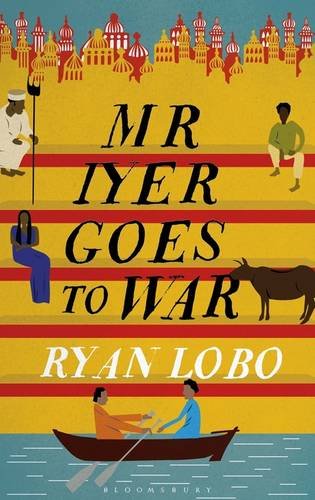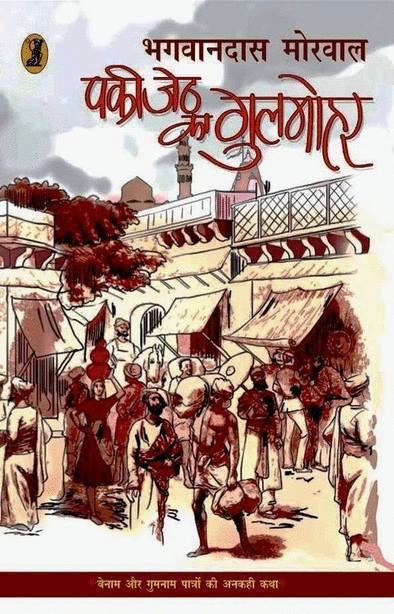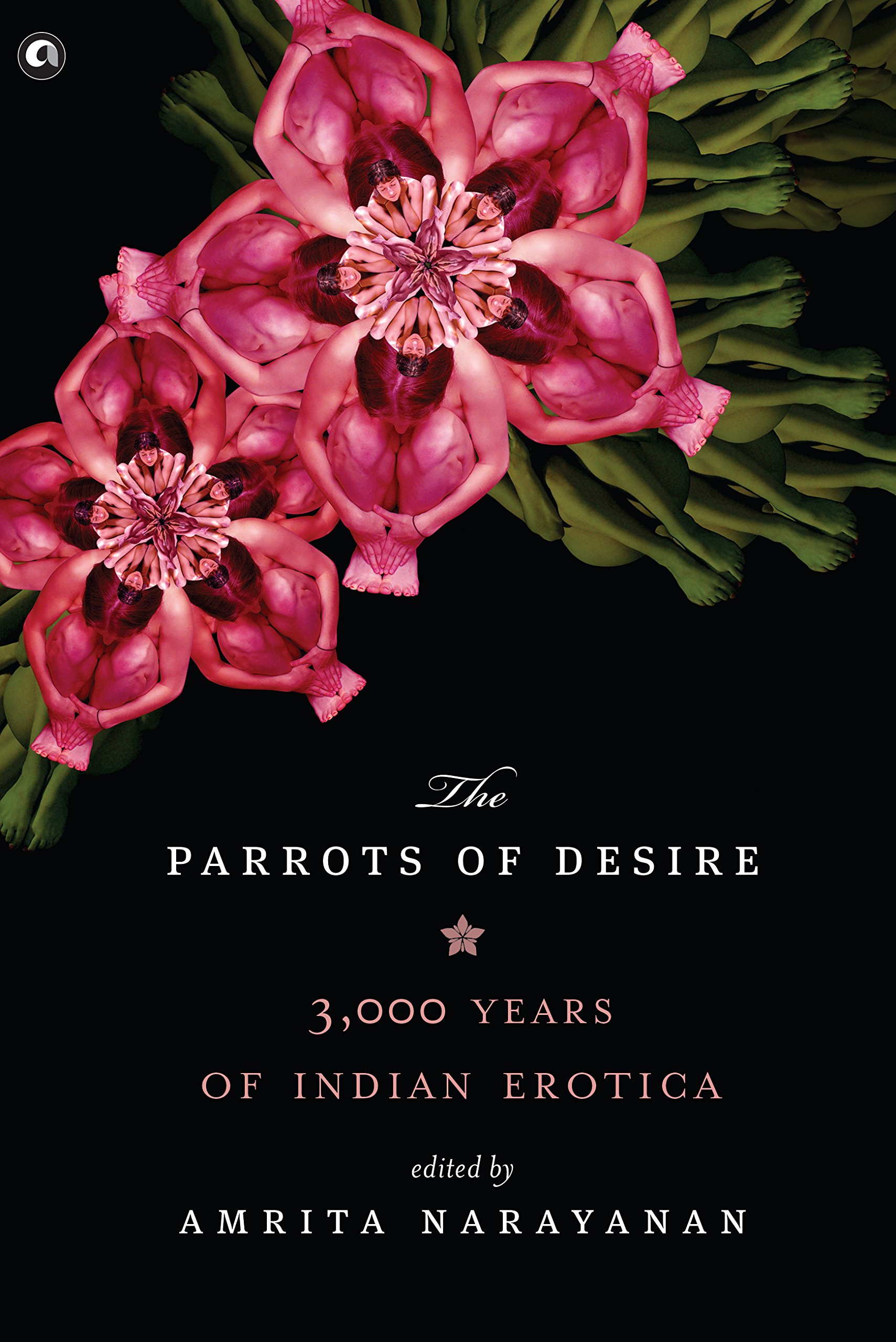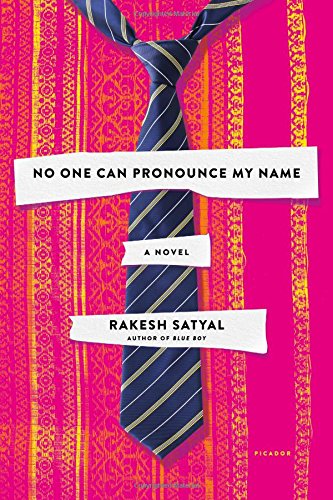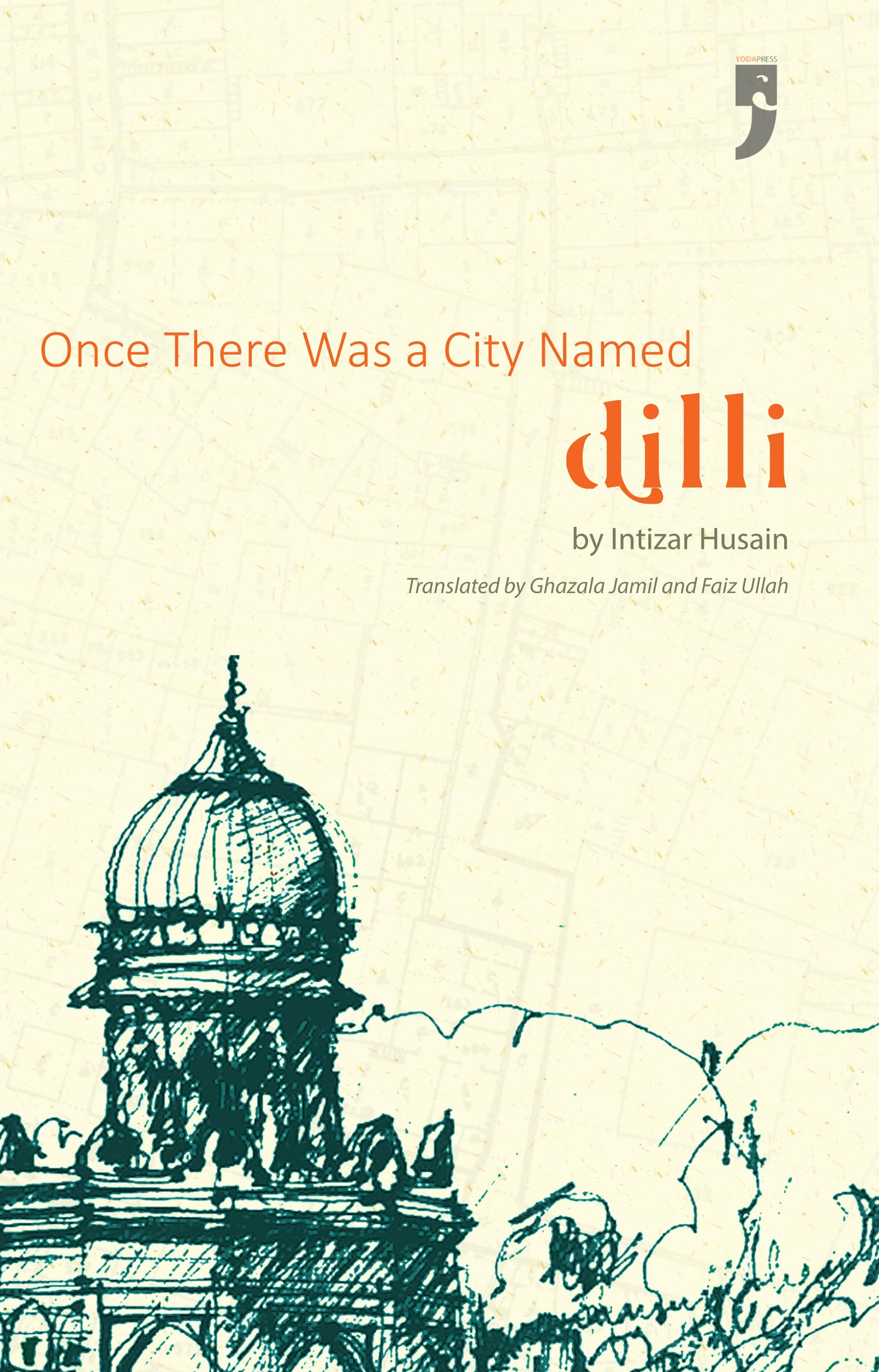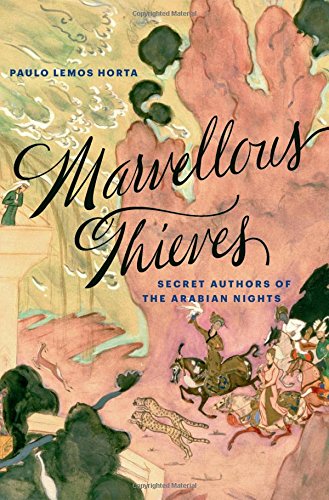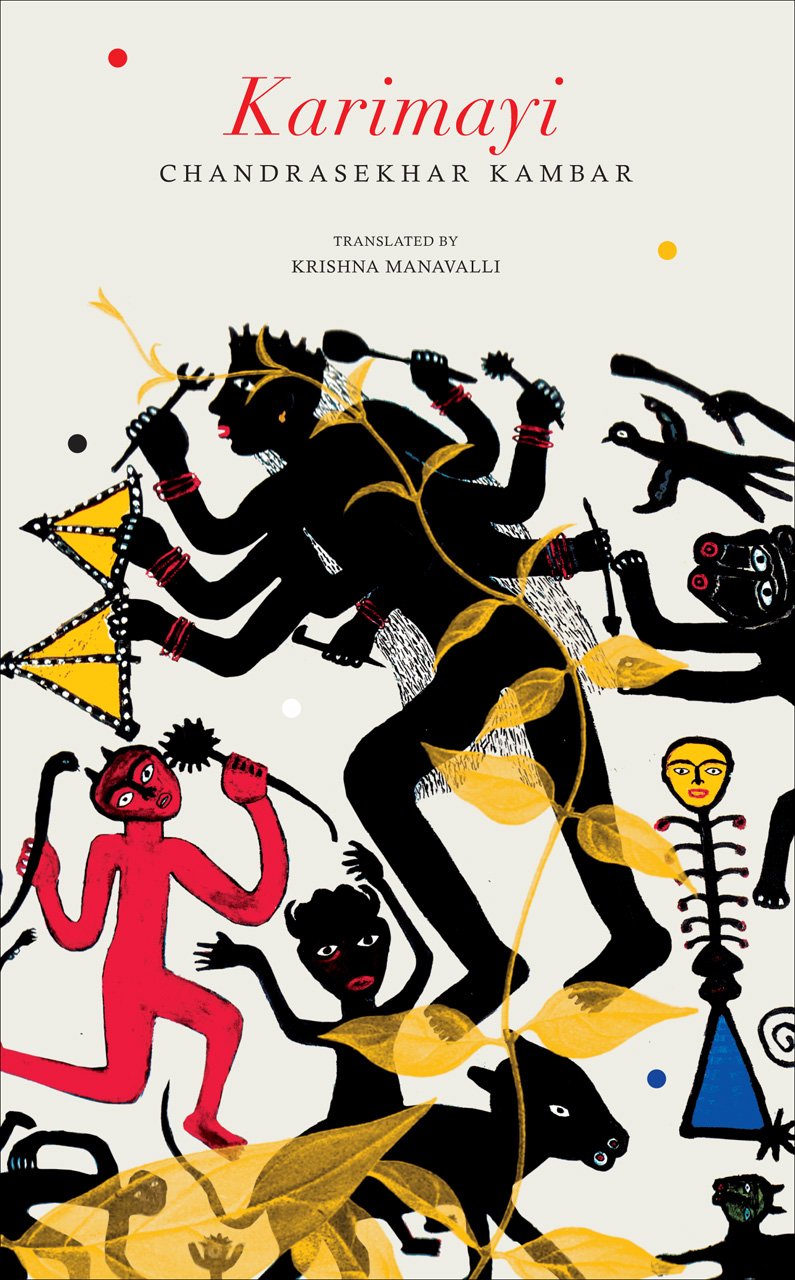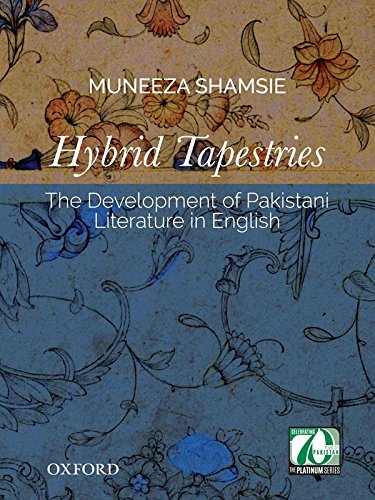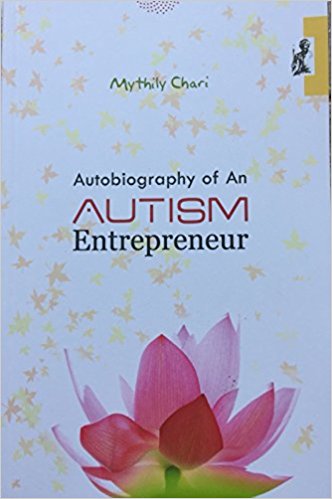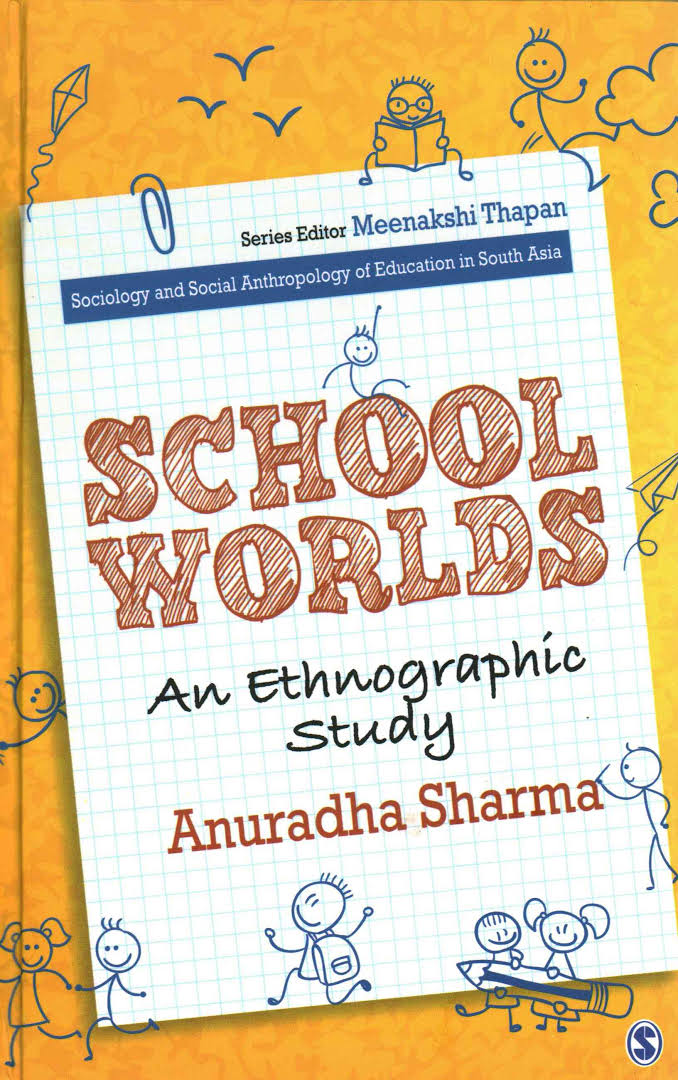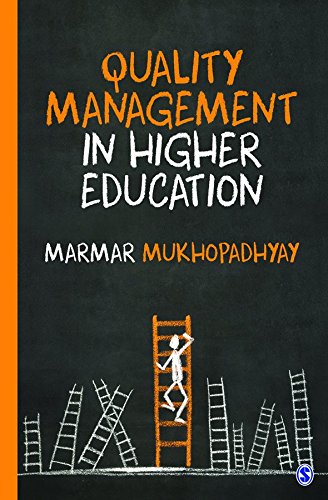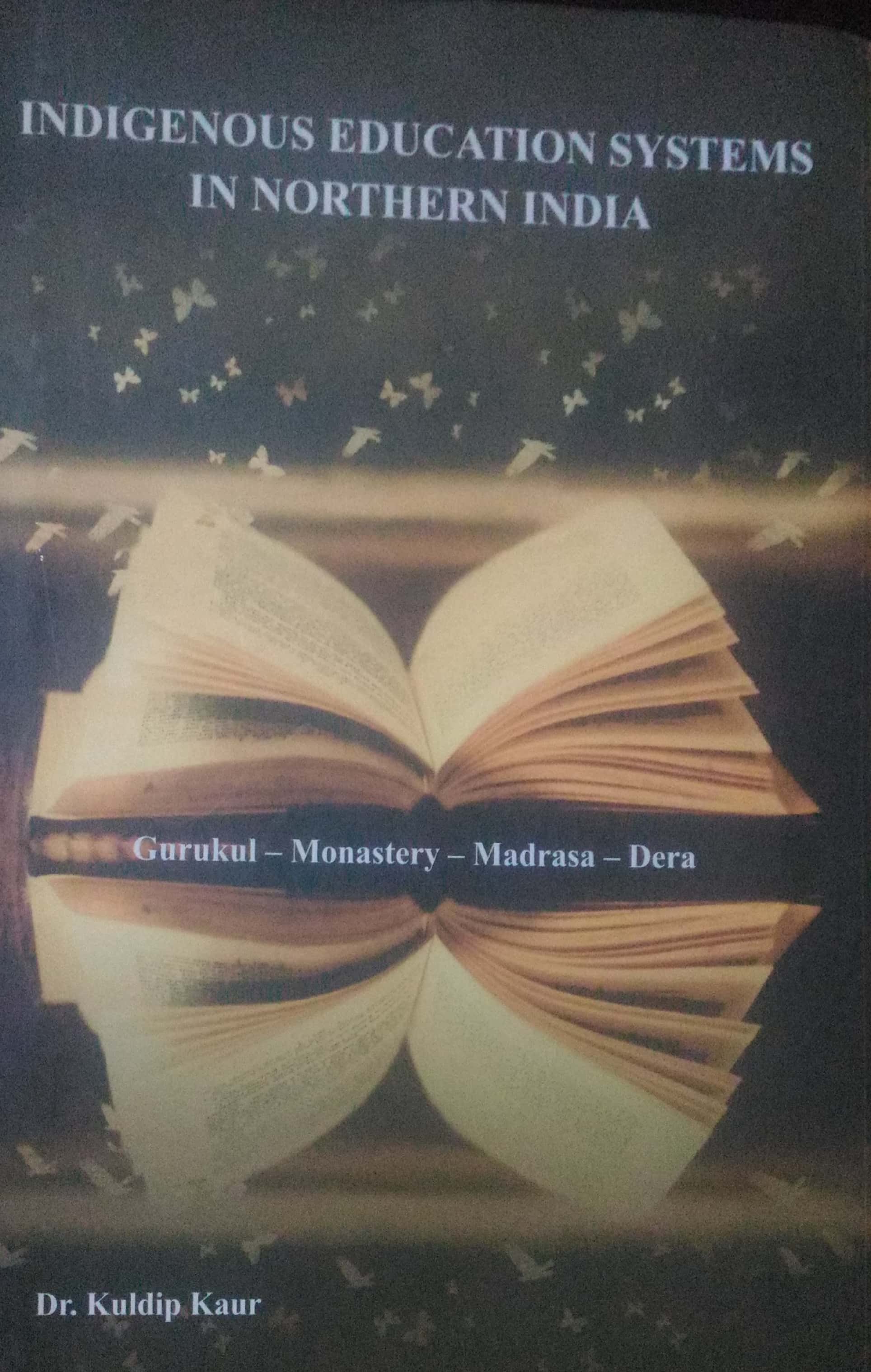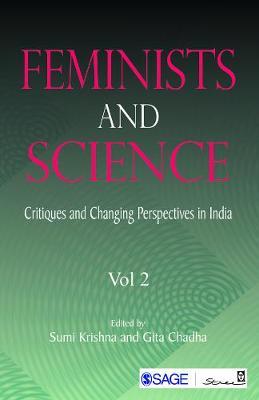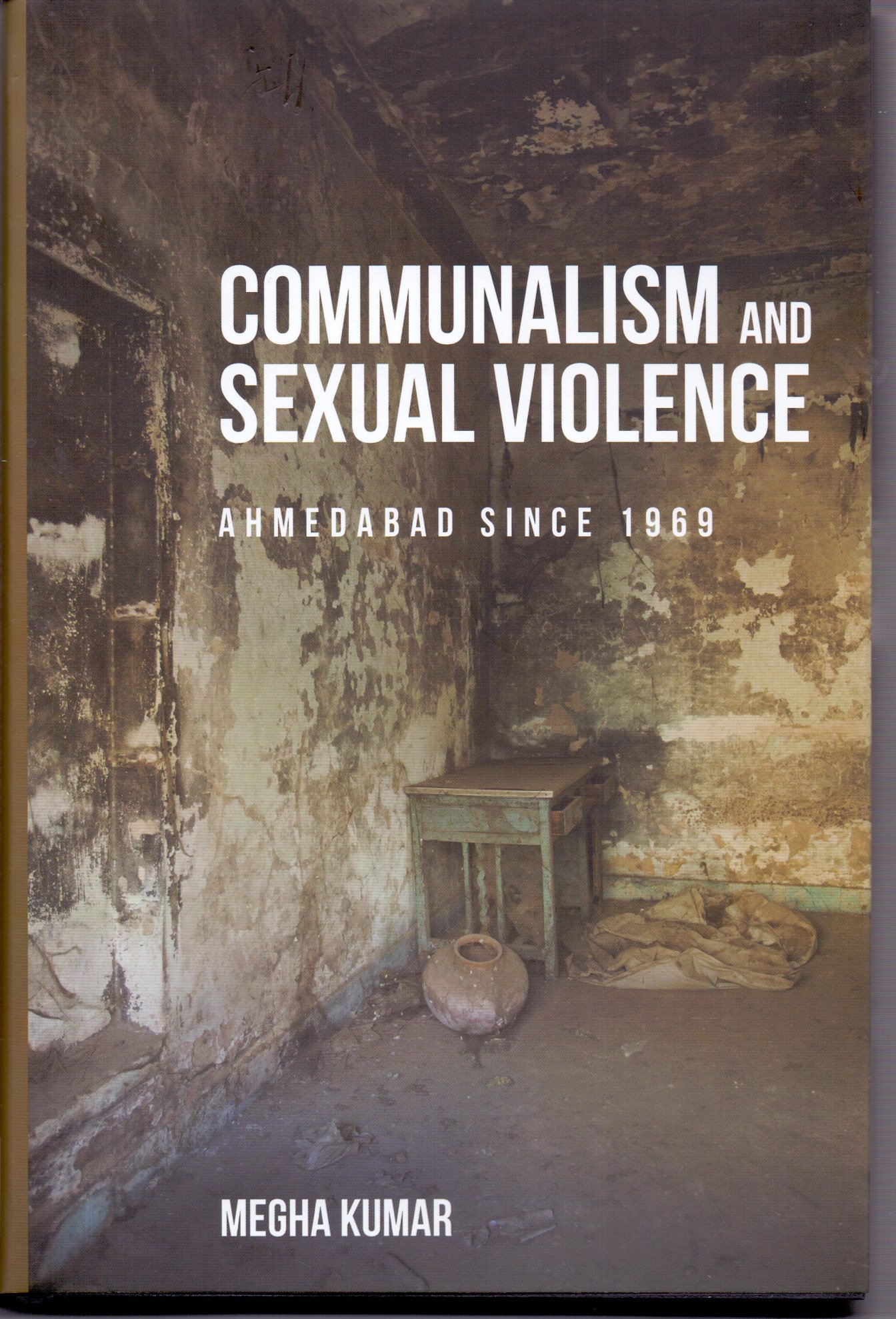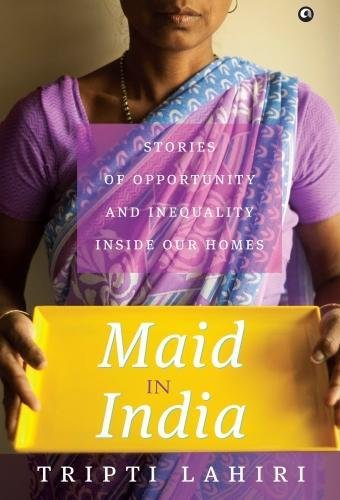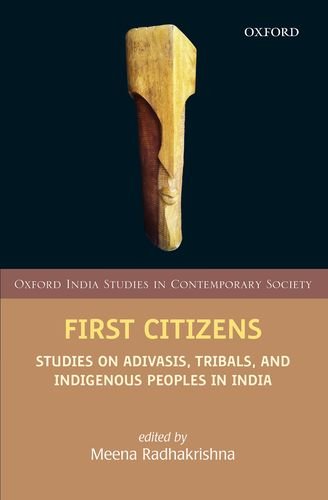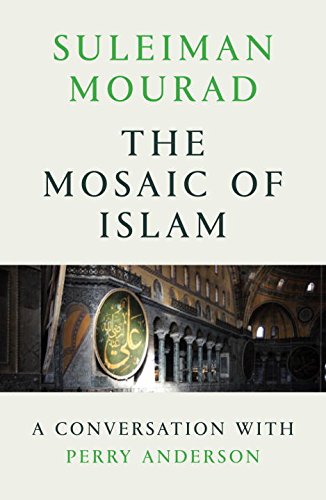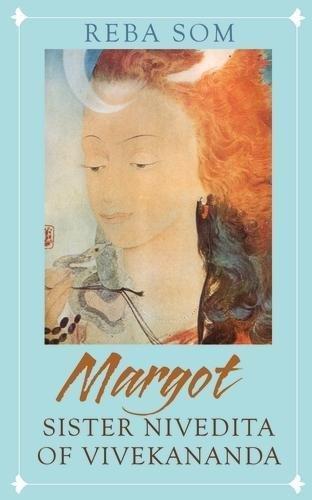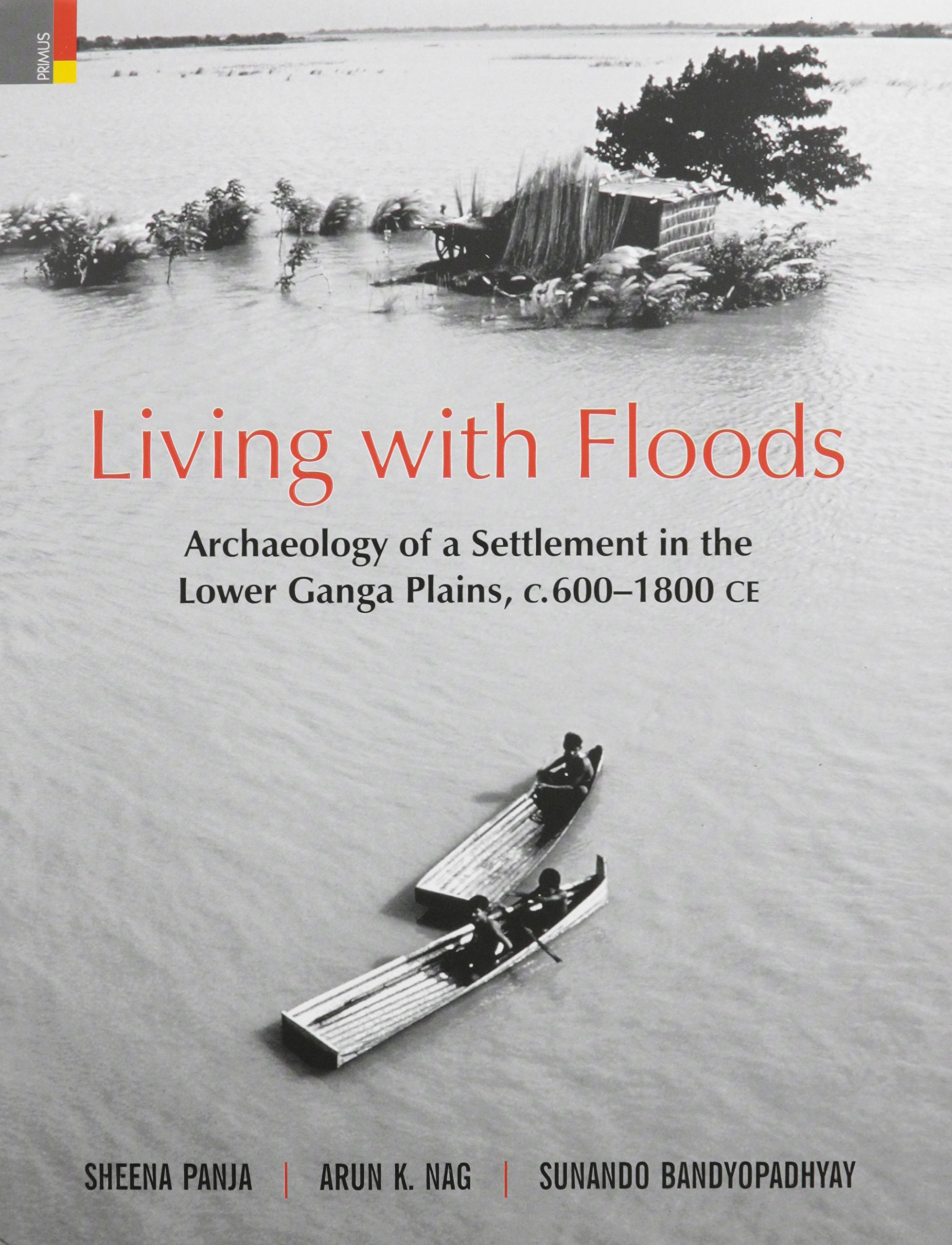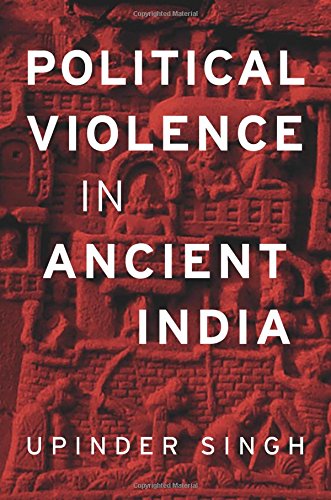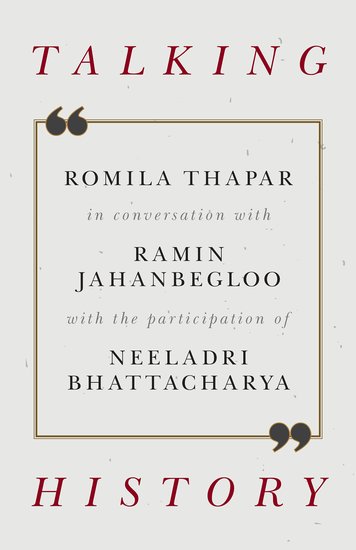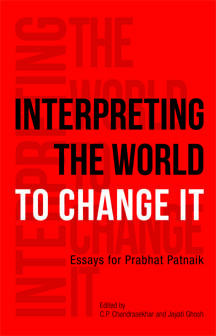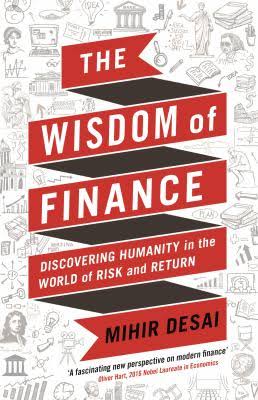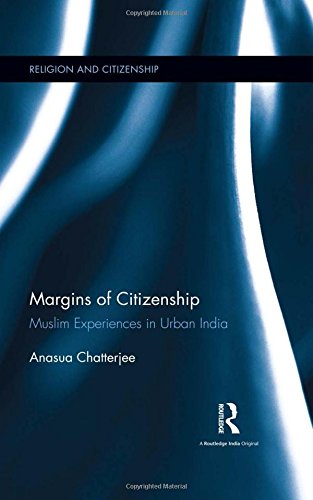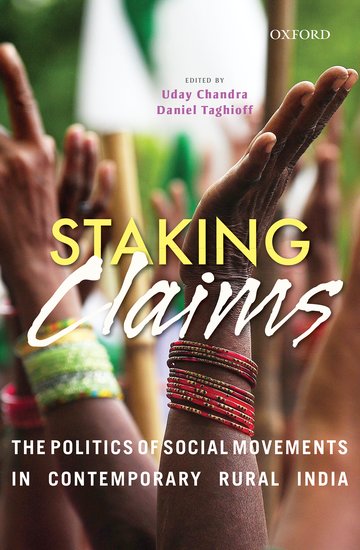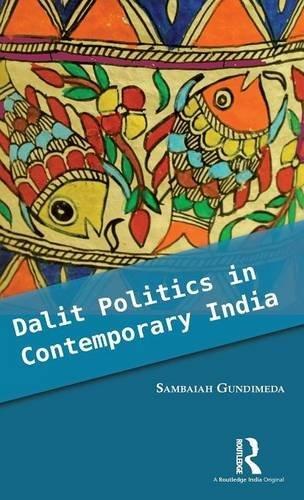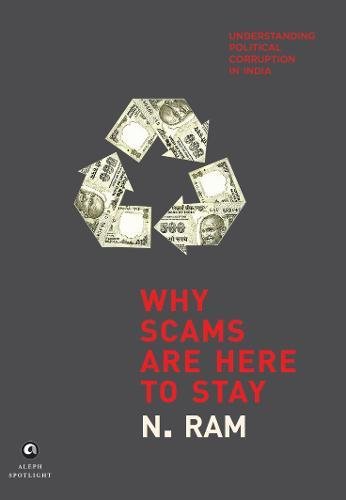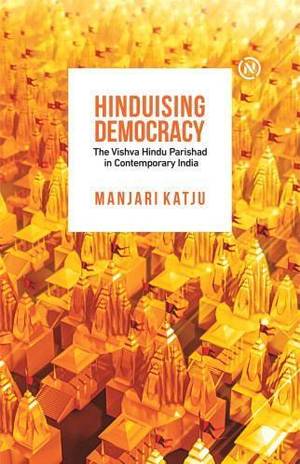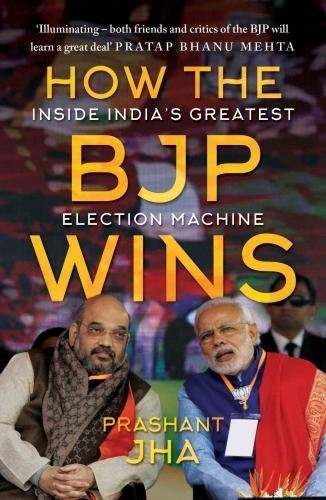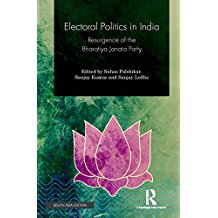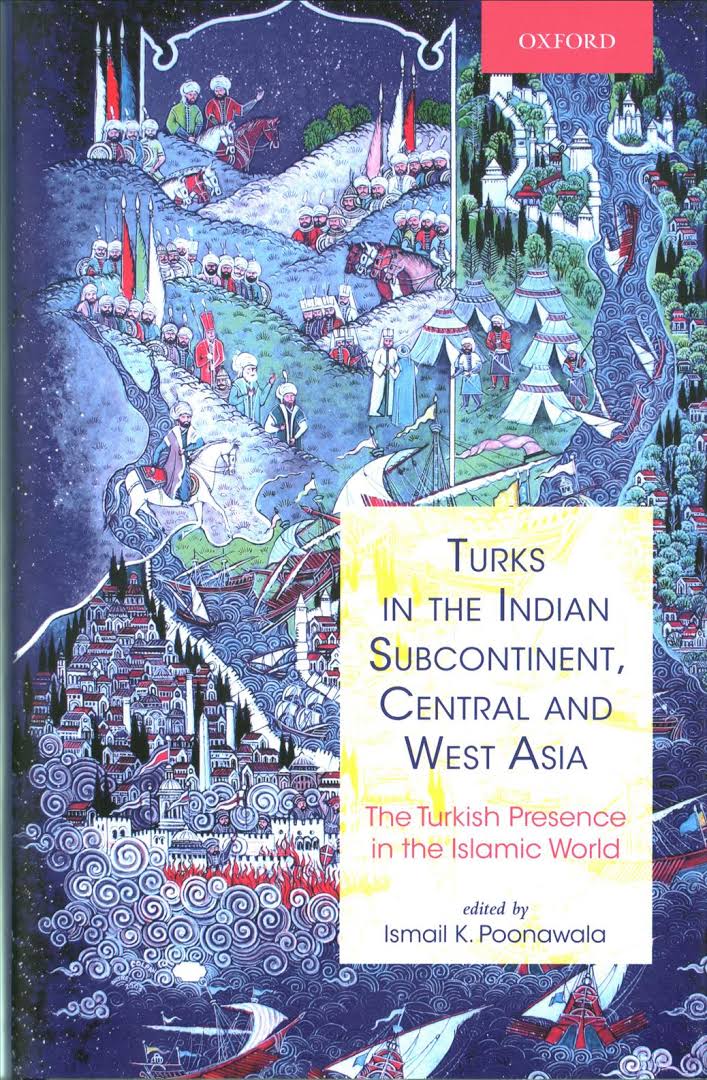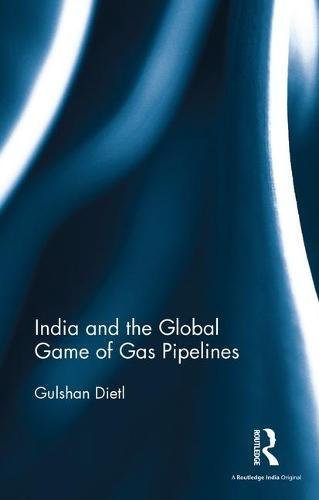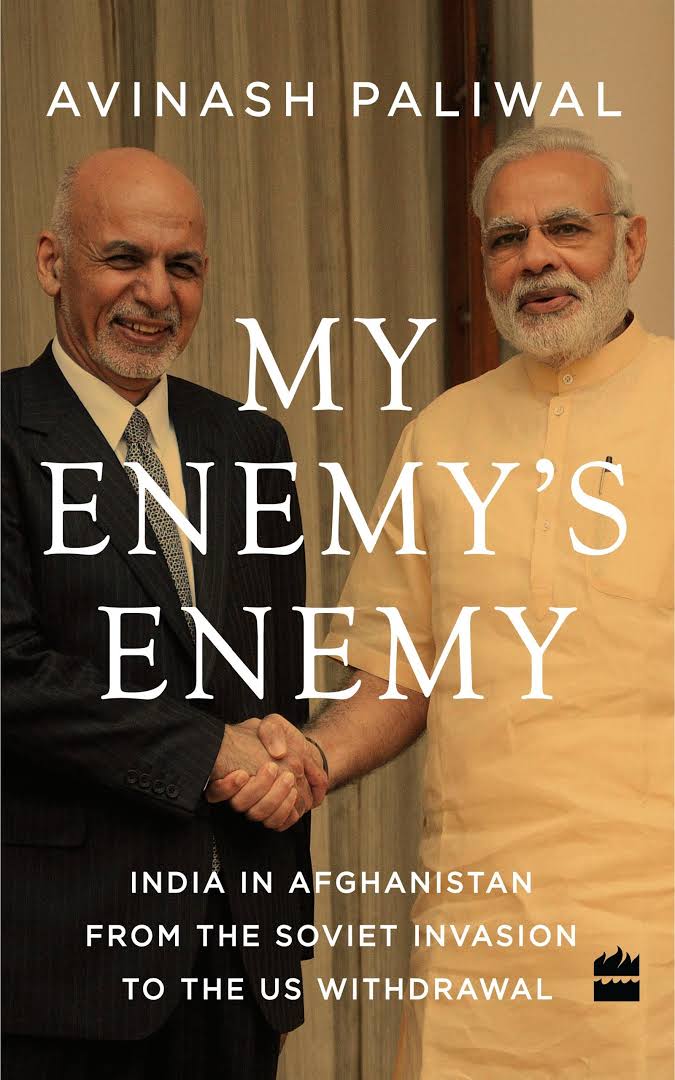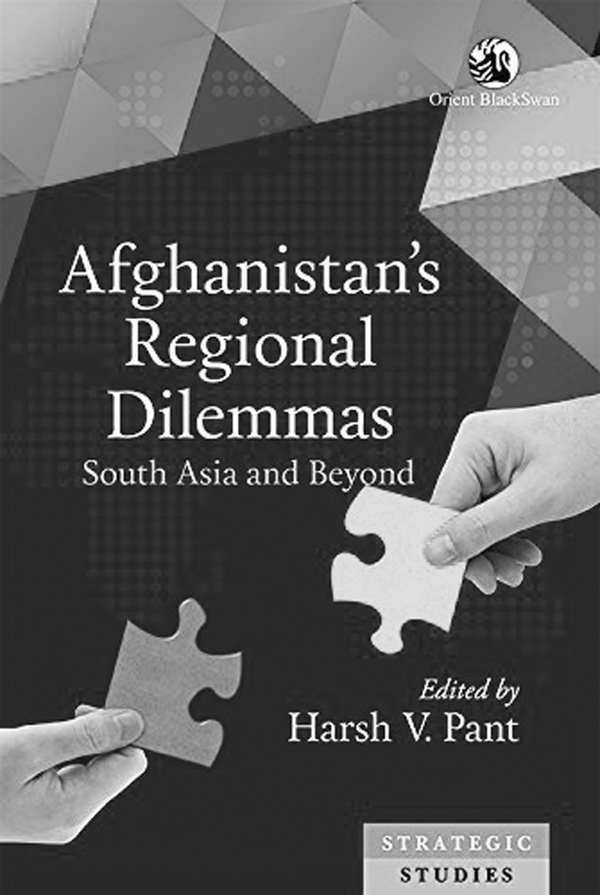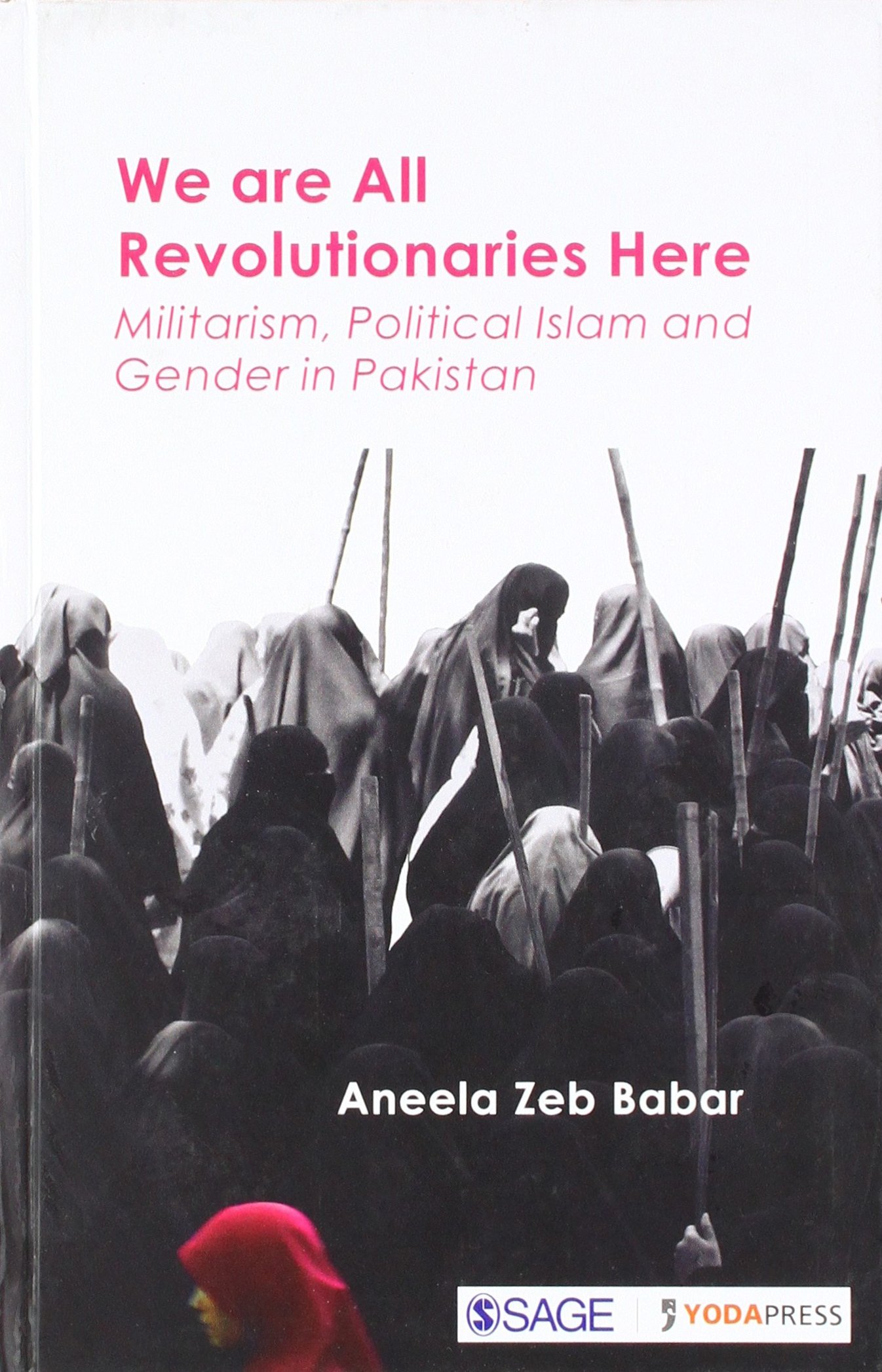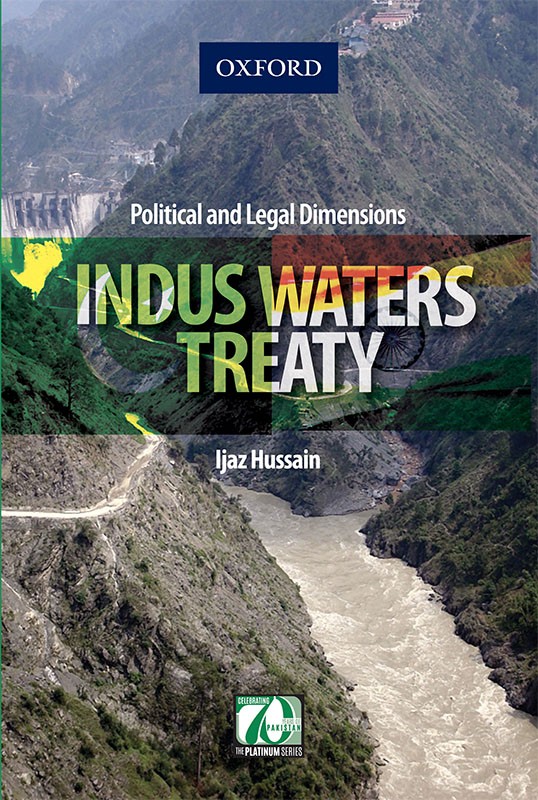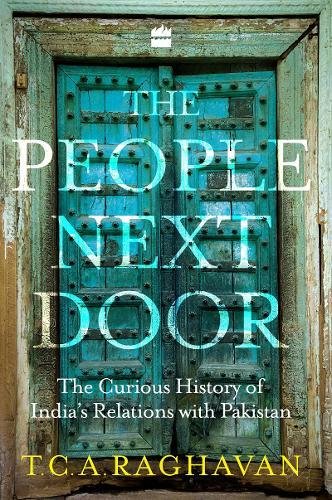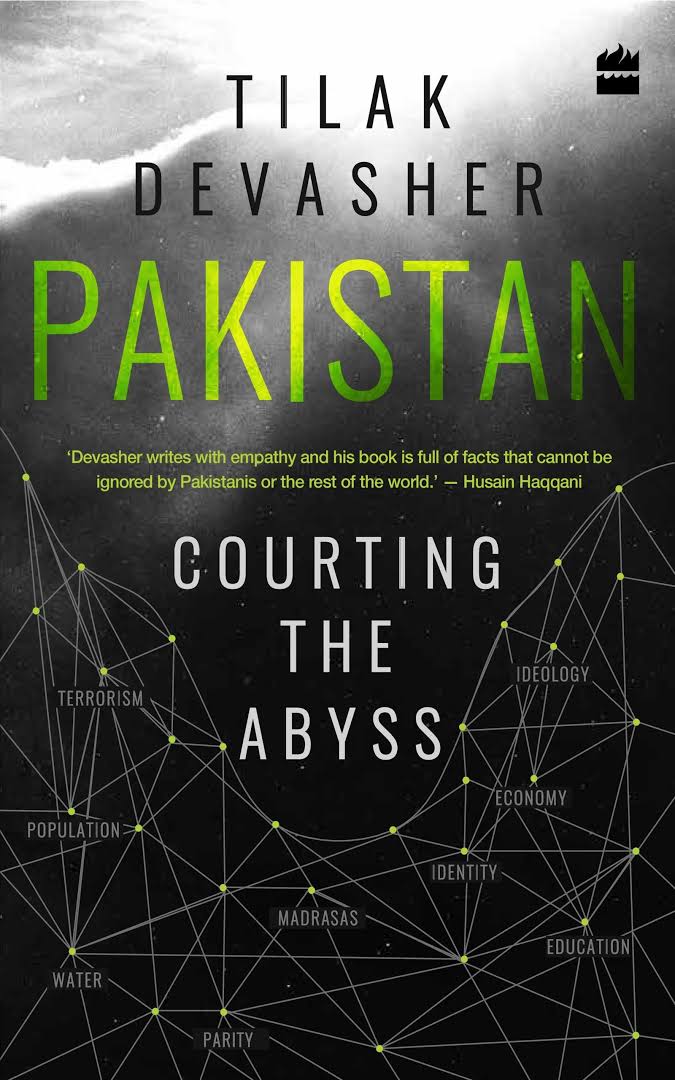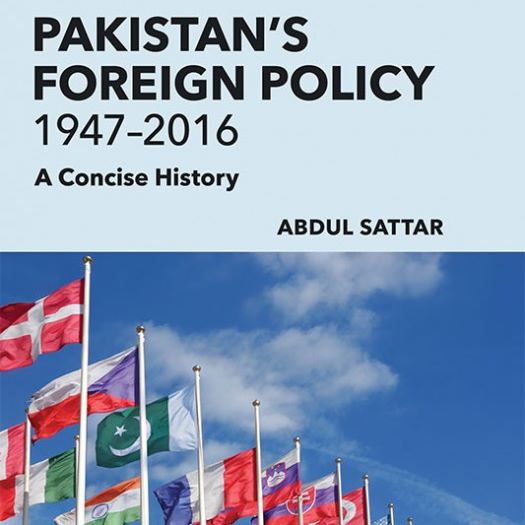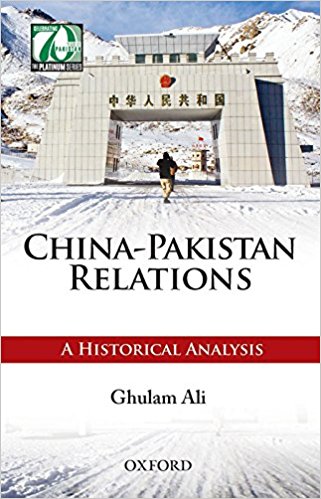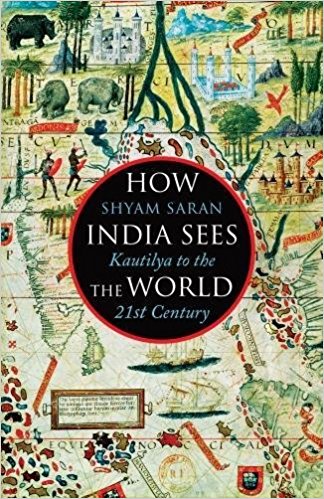Mr Iyer Goes To War is the first novel written by Ryan Lobo, who is essentially a photographer and film maker. His films have been shown on channels like Animal Planet, National Geographic amongst others. His writings have been carried by Boston Review, The Wall Street Journal, Caravan and others. In his novel Ryan Lobo writes about the escapades of an individual who has a vision of what he was in one of his previous incarnations and decides to take up the task of completing, in this life, what remained incomplete in his previous one.
Archives
January 2018 . VOLUME 42, NUMBER 1Bhagawandass Morwal has carved a niche for himself in the domain of contemporary Hindi literature. His memoir is a captivating creation because of its novelty of theme, deft narrative stroke, element of storytelling, a transparent world-view, elegant point of view, a tendency to give importance to ‘mirror-narratives’ in opposition to ‘grand narrative’, a unique blending of different perspectives of a life lived. With the onslaught of postmodernism in literature there came to the forefront a tendency to distrust ‘meta-narratives’—what Lyotard calls ‘incredulity towards meta-narratives’.
In 2013 the Aleph publishing house brought out a wonderfully put together book, A Pleasant Kind of Heavy and Other Erotic Stories was a collection of tales about Indian women and sexual desire. The book was written by ‘Aranyani’—a nom de plume as at the time the author chose anonymity (for review see The Book Review January 2015).
Rakesh Satyal’s No One Can Pronounce My Name is a positivetale of transition and discovery which the negation in the title does not really disclose. When one starts reading, one expects another anxiety-ridden tale of culture conflict and identity issues of Indian immigrants. Satyal’s book is all these but significantly much more. The novel set in Cleveland, Ohio is a complex weave of stories of disparate individuals caught at a time when they are struggling to make meaning of their existence.
No city reveals itself easily; Delhi even less so. For, as Mir has said: it is not just any other city, it is Delhi (Pagdi apni sambhaliyega ‘Mir’/Aur basti nahin ye Dilli hai). Even those who ambled in its nooks and crannies and became its cobblestones—how much did Delhi show itself to them? So begins Intizar Husain’s Dilli Tha Jiska Naam (Once There Was A City Named Dilli), a cultural biography of Delhi.
No city reveals itself easily; Delhi even less so. For, as Mir has said: it is not just any other city, it is Delhi (Pagdi apni sambhaliyega ‘Mir’/Aur basti nahin ye Dilli hai). Even those who ambled in its nooks and crannies and became its cobblestones—how much did Delhi show itself to them? So begins Intizar Husain’s Dilli Tha Jiska Naam (Once There Was A City Named Dilli), a cultural biography of Delhi. In posing that question, and in making it clear that he is not one of the cobblestones of Delhi, Intizar Husain is absolving himself of knowing Delhi intimately.
Editorial
In the third chapter of Abigail Williams’s wonderful book, we encounter an extract from soldier and journalist Alexander Somerville: ‘My father and mother had a window (the house had none) consisting of one small pane of glass, and when they moved from one house to another…they carried the window with them and had it fixed in each hovel into which they went as tenants.’ That portable window was the only means by which the Somerville family could afford the luxury of reading indoors.
The history of circulation in Europe of tales purportedly comprising the Arabian Nights (as the commonest moniker for the collection goes, though literally it should be ‘thousand nights and a night’, if translated ad verbatim from the Arabic title alf layla wa layla) has frequently been read as but a symptom—a symptom of how the Orient was textually constructed for consumption in the West, and how the East often strove hard to cast its imagining of itself in that reflected light.
2018
Chandrashekhar Kambar’s novel Karimayi dwells on the shifting borders of myth and history, a fashionable location in current ideological debates, but written many years ago by a seasoned novelist with a fine eye for cultural details. Thanks to a commendable new translation by Krishna Manavalli, global access to this iconic Kannada novel has become possible.
This is a great book, even a magnificent one, that chronicles the story (I’m not using the term ‘history’ deliberately because history of literature has now become a sophisticated genre by itself, generating a plethora of theoretically informed materials around it that deal with different aspects of the genre, addressing the primary question of how much of ‘history’ and how much of ‘literature’ will make the correct combination) of the development of Pakistani writing in English.
Autobiographies are always a great source of learning and inspiration. In reading about someone else, the reader gets a perspective about things that are often missed in one’s own life. Writing about oneself is cathartic as much for the writer as it is for the reader, as both can connect in disjointed, but similar life experiences.
Ethnography is the study of social interactions and behaviour that occur within communities or organizations. Specifically, school ethnographies can capture a spectrum of experiences that characterize life at school such as play, curiosity, appreciation, joy, love and admiration for people and happenings; more importantly, they can capture the broader social, economic and political aspects of schools. They can also spark off deeper and more instinctual auto ethnographic perspectives.
Marmar Mukhopadhyay’s book is a welcome addition to a still somewhat under-represented segment of educational discourse in India. In his present endeavour, with almost pedantic devotion, Mukhopadhyay focuses on his quest to define and operationalize quality management and quality knowledge creation in higher education. Without any biases or pre-judgements, he delves into the philosophical underpinnings of higher education and analyses its need and purpose.
The book gives a detailed account of four religion based educational systems, wherein the origin and development of the Gurukul, Monastery, Madrasa and Dera systems are traced. The text is based on extensive data collected by the author, covering the six States of Haryana, Himachal Pradesh, Jammu and Kashmir, Punjab, Uttarakhand and Uttar Pradesh. 49 institutions in total, with at least 11 institutions representing each education system comprise the sample.
The book under review examines the ways in which science, science education, science praxis and its representation is loud in its absence of women within its narrative. The lack of women in science does not mean they do not exist, or occupy an important space within its disciplinary boundaries. In fact as the book suggests, through its 15 chapters, women are the reason the scientific boundaries are constantly being challenged. The book’s strength lies in the questioning of the knowledge practices embedded in science which follow in excluding women from science in ways that either relegate them to minor positions, or diminish their contributions.
Megha Kumar’s book revolves around three episodes of communal violence based on the fulcrum of local specificities which the book argues manufactures the modality of sexual violence during the preparation and activation time within a communal conflict. Traversing through the timeline reads into the 1969, 1985 and 2002 communal conflicts in Ahmedabad.
Two separate incidents within one month, July 2017, rocked the conscience of urban upper class India. Both these incidents are an important indicator of the increasing woes of the domestic workers employed in the urban households of India. In the first incident of July 12th, hundreds of people gathered in front of Noida’s Mahagun Society protesting against the family accused of beating up of a domestic worker who had also gone missing.
Rarely does one come across a work of serious social science dealing with the phenomenon of inequality which is not ‘overly theoretical’ (to use one scholar’s phrase), and yet accurately describes that elephant in the room. The authors and editor of First Citizens: Studies on Adivasis, Tribals, and Indigenous Peoples in India are none of them blind men or women as in the fable, but clear-eyed economists, historians, and sociologists.
National art’ elicits a very different response today than in the 1990s when two leading art historians, Partha Mitter and Tapati Guha Thakurta wrote about it. While both setup a wider frame with a focus on Bengal, Maholay-Jaradi narrows her interest on a specific royal art collection and art institutions associated with Maharaja Sayajirao Gaekwad III of Baroda in Gujarat. As a result, she brings into view an under-studied and under-researched geography of art, making it an important site not only for the region but also of national and ‘global’ cultural politics at the height of the colonial era.
The four essays in this book are arranged around questions concerning Islam, both past and present, posed by Perry Anderson, a prominent historian and sociologist who has worked on Indian and western social formations. These questions are responded to in a conversational tone by Suleiman Mourad, a noted scholar of Islam, well-versed in both American and Islamicate pedagogy.
Reba Som’s biography of Sister Nivedita comes with a glossy packaging, made more attractive by the ‘Advanced Praise’ by three eminent intellectuals that has been quite conspicuously inscribed at two prominent places in the book. Though never short of public attention in her own time, Nivedita would have been happy to know that her life and work has endured and caused some excitement even after all these years.
This very impressive volume (with brilliant illustrations and maps) may be regarded as a landmark publication in Indian archaeology. The statement made in the Preface has been adhered to in its near perfection—‘a holistic exercise combining the expertise of many disciplines to understand the past material record of settlements as well as their interaction with a changing landscape.’
In what is uncharacteristic in the world of scholarship, uncharacteristic since scholars rarely gesture to the gaps in their own work, Upinder Singh points out that her book Political Violence in Ancient India is the end product of what she perceived as a big absence in the formidable repertoire of research that carries her name. After completing A History of Ancient and Early Medieval India (2008), itself the culmination of decades of research and teaching, she felt she had completely missed ‘a fundamental element that was implied in Ancient India’s entire political narrative—violence’.
In what is uncharacteristic in the world of scholarship, uncharacteristic since scholars rarely gesture to the gaps in their own work, Upinder Singh points out that her book Political Violence in Ancient India is the end product of what she perceived as a big absence in the formidable repertoire of research that carries her name.
Editorial
2018
Ramin Jahanbegloo has had an enviably productive year, and seen another new title out since the release of Talking History. It comes as no surprise then, to open this book and discover it is the eighth in a series, each one a collection of interviews conducted by him. Figures as diverse as Raj Rewal and Vandana Shiva, Richard Sorabji and Sudhir Kakar, get a volume each to report on the state of play in their respective fields:
It is difficult to review a collection of essays in a book. One may not be fair in giving equal space to each eminent author. All the authors here adhere to a Marxist framework, difference being only in what aspects are highlighted. The book is a festschrift for Prabhat Patnaik, to acknowledge his contribution to the intellectual tradition, his wide-ranging interest and his efforts to find answers to questions he considered relevant. He was more open in his views on the relevance of Marx, as Ashok Mitra says in his praise of Patnaik—that he was more liberal among the liberals, despite being a strong adherent to Marx as the torch bearer of the classical political economy.
Acasual flip through this book can initially intrigue as graphs, tables and allied statistical devices normally associated with books on ‘finance’ are missing and instead entirely replaced by discussions involving names such as James Joyce, Leo Tolstoy and Jane Austin and many others. The title can also intrigue as it is not often that the word ‘wisdom’ is used while talking about the practitioners or the issues associated with ‘Finance’.
Margins of Citizenship is an interestingly written account of the everydayness of life in Kolkata’s predominantly Muslim area of Park Circus. It is a sympathetically written ethnography by one who is an outsider in two senses, the first being that she is not a resident of the area and second that she is not a Muslim.
Over the last decade, the country has witnessed one after another resistance movements bursting on to the political map. These movements, largely located in rural India have unsettled the comfortable dream of ‘shining’ India. In issues involved in studying such movements are certain connections which must be delinked only to link; certain qualifications must be made with respect to categories such as ‘rural’ or ‘resistance movements’.
Dalit politics in contemporary India is going through a reflective phase. From the demand at sub-categorizing in reservations to the critical questioning of some Dalits caste groups and individuals who dominate and usurp all the resources meant for Dalits in general. There is now in the academia a significant number of Dalits who are challenging the old Brahmanical hegemony that has entrenched itself into various ideological guises.
N Ram clarifies at the outset that if corruption in India ‘in its pervasiveness, its omnipresence and its multifariousness’ is to be properly understood, it needs to be conceptualized as a problem not just of politics but as an ‘integral part of an unjust and exploitative system of political economy’; and, hence, the most suitable approach to make sense of corruption in India is provided by the theoretical perspectives and lived experience that Marxism brings to the subject.
Manjari Katju’s second treatise on the Vishva Hindu Parishad (VHP), is a sort of sequel to her previous publication entitled The Vishva Hindu Parishad and Indian Politics (2003), a pioneering and comprehensive study on the ideology and politics of the VHP. While the first volume traced VHP’s rise to power through the Ramjanmabhoomi Movement (RJM)
Psephologists and political analysts have attempted to elaborate the ‘hows’ and the ‘whys’ of the BJP winning more than half of the State elections held subsequent to the 2014 Lok Sabha win. There have been many attempts to uncover the mystery during each election, but the actual answer has remained beyond the terms of ‘anti-incumbency’, ‘promise of development’, ‘promises of achhe din’ etc.
This 19-chapter volume is another offering, and a part of a continuing exercise, from the Centre for the Study of Developing Societies-Lokniti research network on elections in India. Analysing the 2014 general election, the CSDS-Lokniti team figures out resurgence of the Bharatiya Janata Party (BJP) in Indian politics, a phenomenon that has been slowly but surely taking shape. For twenty-five years, before this election, no political party had an ascendant position in Indian politics, a return of the post-Rajiv Gandhi Congress to power in 1991 notwithstanding.
2018
The book is a compilation of conference papers related to Turkish people and their contribution to Islamic world from Spain to India. The conference was held in May 2010 on the occasion of the nineteenth Giorgio Lei Della Vida Award to recognize the late Professor Gustave Von Grunebaum, and his contribution to the Semitic languages and history of Middle East and the United States.
Professor Gulshan Dietl, who effortlessly combines lucidity, rigour of logic, and diligent research, was till recently Professor at the School of International Studies, Jawaharlal Nehru University heading the Gulf Studies Programme. She was also Chairperson of the Centre for West Asian and African Studies. She has taught also at universities outside India, in New York, Paris, Copenhagen, and elsewhere.
The title says it all. India’s approach to Afghanistan has little to do with Afghanistan. It has everything to do with Pakistan. This tells us something about India, about how we see ourselves, which is essentially in relation to our Siamese twin, Pakistan. This is not quite how we project ourselves—as a regional power and emerging great power, measuring up against China and a strategic partner of the US.
Historians, political commentators, journalists have all, almost uniformly, depicted an objectified Afghanistan: it is played upon by external powers, not a player. A ‘great game’ has, since at least the nineteenth century, been played out by these powers, but Afghanistan itself is not supposed to have agency. That phrase was first used by a British intelligence officer, Arthur Conolly, in 1840, in a letter to a colleague.
This feisty book as echoed in the title, We Are All Revolutionaries Here, is a fascinating mapping by a Pakistani woman of the journey that a generation of ‘born again’ Pakistanis have taken towards the re-constitution of a Pakistani Islamic identity that rejects the hotchpotch of western culture and Pakistan’s plural ethnic cultures to embrace a version of militant Islam that erases all other versions and problematically condones ‘fringe’ vigilante groups using violence in the name of faith. Babar unpacks the contestations in Pakistan’s socio-cultural dynamics which have been framed in a context produced by the nexus of political Islam and militarism.
Indus Waters Treaty (IWT), signed between India and Pakistan in September 1960 to share water from the Indus Rivers System (IRS), has survived the wars (1965, 1971 and 1999) and all other forms of tensions between them. However, the Treaty and people engaged in making it possible are, till today, being accused of selling out their ‘own’ water to ‘them’ by majority of the scholars…
In September 1960, during a rare five-day visit by an Indian Prime Minister to Pakistan, Jawaharlal Nehru and Pakistan President Ayub Khan drove in an open car together to the hill station of Murrie. The air would have been chilly, but not colder than the mood in the car, and the two leaders spent most of the drive without uttering a word. The outcome of the drive that dispelled all chances of a thaw between India and Pakistan is detailed in various accounts by Nehru, Ayub and diplomats of the time, which have been collated in former High Commissioner to Pakistan TCA Raghavan’s book under review.
Given the extra emphasis that Pakistan receives in India (some would even call it an obsession), books authored by Indian scholars, especialy those who have spent time in Pakistan in some official capacity have been few. Given the harsh fact that some of the best books on Balochistan and NWFP (now KP) were written by former British bureaucrats and military officials, and those who accompanied them, this becomes even more important.
Running into 345 pages of text, this volume is by no means a concise history. This revised fourth edition has run into 27 chapters of uneven length, episodic treatment, wavering focus and disjointed narrative. To update the volume, the author has appended a few chapters at the end but this has marred the continuity. Reading through this book, most Indians will marvel at the way Pakistanis are able to produce an alternative narrative of their foreign policy, because so much of it is about India.
China-Pakistan relation is among the most fascinating in the post-Second World War international politics. It is one of the closest and longest strategic relationships in the contemporary international system, surviving changes of governments and domestic and international turmoil, and continuing to gather strength even after the end of the bipolar Cold War period in which it initially formed.
The 19th century was about European empires dominating the world and an era of consolidation. Yet in 1816, barely 40 years after US independence, Thomas Jefferson prophesied, ‘Old Europe will have to lean on us … what a power shall we be.’ This happened at the end of the Second World War and after nearly fifty years of endless violence. The US strategic planner, George Kennan, one of those original Cold Warriors was sure that the US would not give up its primacy where, with 6.4 % of the global population, that country owned 50 % of the global wealth.

